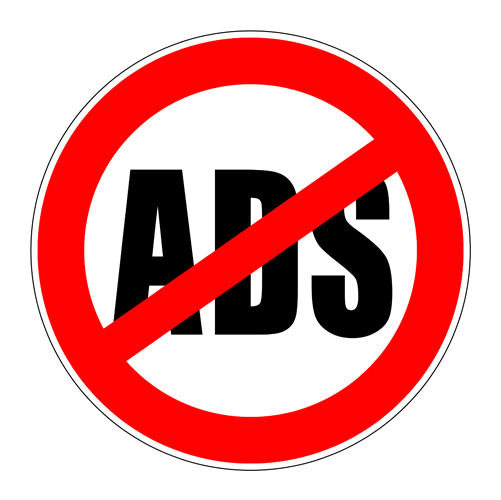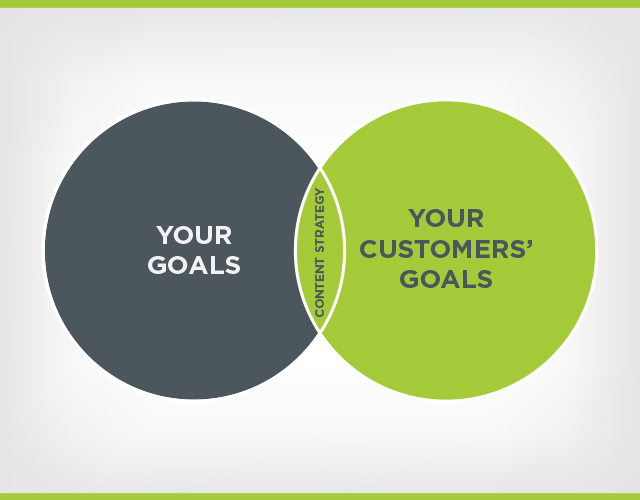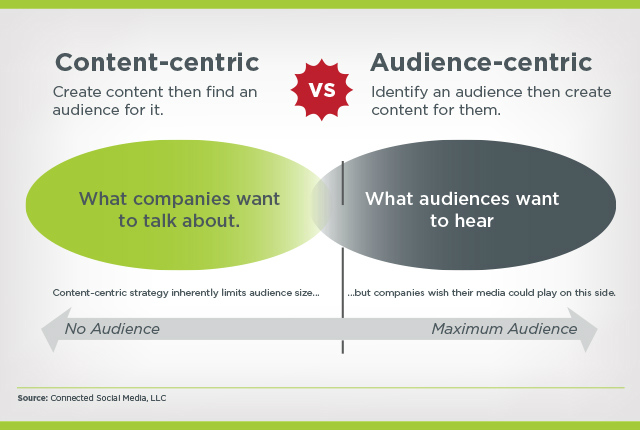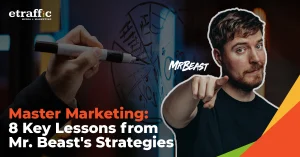![]() Posted by Cameron Francis
on
17 Jun , 2016
in
News Uncategorized
Posted by Cameron Francis
on
17 Jun , 2016
in
News Uncategorized
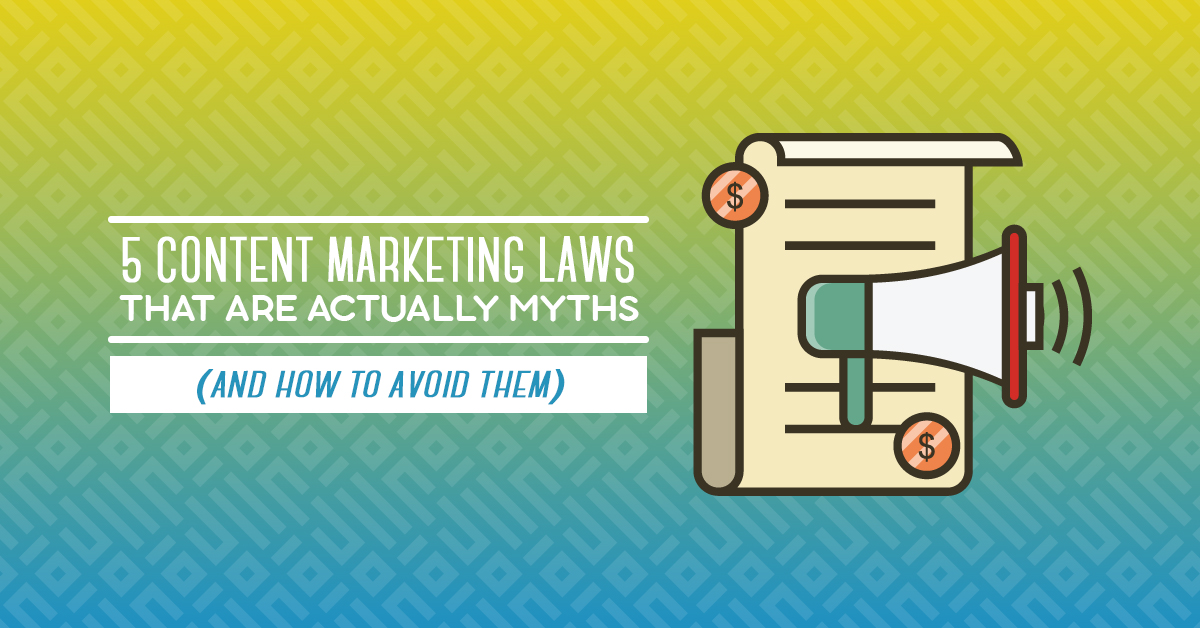
How do you engage prospects and convert them to paying customers?
Well, content marketing is one viable strategy.
However, it could also be one of the best ways to squander your resources, especially if you don’t understand how things work.
This guide will show you the ins and outs of content marketing and debunk the myths that have been causing a lot of problems for marketers for so long.
My aim is to help you gain fresh insights on how to take your brand to a higher marketing plane.
Everyone who’s slightly familiar with digital marketing knows that they have to create ‘engaging’ content for their audience.
After all, content is king.
Regrettably, many small business owners have deluded themselves into thinking that blatant self-promotion amounts to creating engaging content.
There is this myth that if I write in flawless prose, use the right content marketing tools and have an active social media presence; then I’ve done my part. That has to be the biggest myth that many unwary small business owners consistently fall for.
Taking a look at some of the social media accounts from these businesses will reveal how widespread this myth has become. The accounts are characterised by self-promotional monologues that depict a total disregard for what their audience demands to hear and see.
To establish a foothold in your niche, you have to forget about putting on a show. Instead, start creating a truly unique experience that your audience cannot get from anywhere else.
But you will only manage to create a unique experience for your prospects when you finally get the gist of content marketing; when you finally understand that it is not just about having a presence.
It is about creating unique content that is not only right for the medium, but also for the audience.
Understanding Content and Marketing
In web marketing, content is simply any piece of information that is available electronically. But as a rule of thumb, content must be informative, entertaining, and engaging.
Content marketing, on the other hand, concerns itself with the use of appropriate tools to promote the created content in order to attract, engage, and retain customers.
When done right, content marketing can help you score a number of business goals including:
- Building brand awareness and reinforcement
- Lead conversion and nurturing
- Offer better customer service
- Upsell to existing customers
- Create loyal and passionate email subscribers.
There is a huge demand for useful content in every industry. The biggest challenge lies in knowing what to post, where, and when.
This guide will walk you through the process of creating and posting content that will truly engage your prospects. But first, let’s slice through the content marketing myths that everyone held as gospel.
Debunking the Myths
Almost every business with an online presence is creating content. In fact, the rate at which new content springs up is mind-boggling. This poses a challenge for the business that wants to stand out from the crowd.
What must you do to acquire and retain an online audience? How can you come up with a piece of content that the people who matter most to your business will want to engage with?
To answer these questions, let’s demystify some of the myths surrounding content creation and marketing.
Myth #1: Every business should have a blog
Blogs are a very popular marketing tool. They are also probably the most commonly used channels for content marketing.
But not every business should blog.
Successful blogging calls for a lot of commitment on your time and resources. To achieve incredible results, you’ll have to post new content on your blog at least thrice a week.
If you don’t have the time or the budget to hire content creators, starting a blog is an attempt in vain.
As an alternative to blogging, consider guest posting on some of the already popular blogs in your industry.
Myth #2: You Should Post the Most Popular Piece of Content on Your Blog
This is yet another myth that is destroying the effectiveness of your marketing strategy.
But why shouldn’t you post the most popular content on your own blog? After all, it is what will bring you cherished backlinks, traffic, and recognition, right?
Not really.
Posting awesome content on your blog will somewhat help you grow, but what if I told you that you could get 10 or even a 100 times more growth from posting that content elsewhere?
Guest blogging gives you access to a new audience, plus the audience you already have will confirm their bias towards you as a thought leader when they see you appearing in many other established blogs.
As a matter of fact, Neil Patel, who’s been named by US President Barrack Obama as one of the top 100 entrepreneurs under 30, guest blogs about twice per week. He’s been able to build a marketing empire through guest blogging.
Myth #3: Mass Producing Content is the Way to Go
A while ago, producing a lot of content used to be the in-thing. Google rewarded publishers who posted daily with better rankings. This led many publishers to create as much content as they could.
Needless to say, most of the content that was being put out was paper-thin, providing very little value to readers. Since most of this content wasn’t that valuable, brands also had a hard time building trust with their readers, which ultimately hurt their conversion rates.
The final blow to high-quantity-low-quality content came when Google introduced the Panda search ranking algorithm.
Sites such as eHow that were mass producing low-quality content lost nearly two-thirds of their traffic.
On the other hand, brands that were consistently producing high-quality content maintained their traffic and conversion levels.
Quality will always beat quantity when it comes to content marketing.
Myth #4: If I Publish it, They Will Come
In the 1989 blockbuster movie Field of Dreams, an Iowa corn farmer hears a voice telling him that if he builds it, they will come. This quote is ranked #39 out of 100 most popular movie quotes of all time, and it’s become stupendously popular in the content marketing arena.
However, the unfortunate truth is that regardless of how much effort you put into publishing spectacular content, they won’t just come!
While organic search is an invaluable way to draw an audience into your content, it isn’t always the best way to engage them.
If you really want to get the most out of your content, engage fans with it, and use it to drive conversions, you have to be active on social media.
A lot of brands neglect their social media presence for a variety of reasons. Maybe they assume their audience is not chic enough to be on social media. The truth, however, is that almost everyone (regardless of their age) is on social media nowadays.
Others wrongly believe that if their audience is extraordinarily interested in their content, they will actively search for it and ultimately find it on Google.
There are a couple of problems with this line of thinking:
- It can take longer for search engines to index your content, and once indexed, there is no guarantee that this content will outrank your competitors
- You should never place the fate of your content marketing strategy on Google alone. A single algorithm update could wipe away all your rankings in a matter of hours.
- It is much more difficult to build rapport with your audience if you only interact with them on your website.
Social media is an indispensable part of content marketing. Brands that learn how to fully leverage it will win the day.
Myth #5: Content is the new form of advertisement
If you believe this myth, it is time you changed your mindset. Content is not for advertising. As a matter of fact, you should never try to sell directly to your audience with it.
“Traditional marketing talks at people. Content marketing talks with them,” Doug Kessler, the co-founder of Velocity Partners once remarked.
That’s powerful stuff.
It is a quote that you should burn into your brain. Your main focus should be on creating content that engages, entertains, and informs.
Consumers have already complained that they find promotions on social media annoying. Do you really want to be the one that annoys them?
There are a number of other mistakes brands are guilty of in their attempt to engage their audience through content. This list is by no means exhaustive.
You can avoid falling into any of these pitfalls through constant learning and re-evaluation of your content marketing strategy.
Many small businesses do not consider it important to have a content marketing strategy.
However, a research by the Content Marketing Institute found that businesses with a well-documented content marketing strategy are more effective in their campaigns.
What Should a Content Marketing Strategy Include?
The basic building blocks of every content marketing strategy are:
a. Goals and Objectives
What do you seek to achieve by creating content? It is important that you clearly understand what you want to achieve by creating content for your business.
In other words, before you create content, you need to understand why you are creating it. Some of the coolest reasons why you might want to create content include:
- Create awareness
- Generate leads
- Increase customer retention and brand loyalty
Whatever your goal is, it should tie in with your basic business goals and objectives.
b. Target Audience
To deploy a content marketing plan, you need to define your target audience.
You cannot engage your audience without knowing who they are. You need to clearly understand the needs of your target audience, where they hang out, and how well they engage with content.
It would be self-defeating to spend a lot of your content marketing effort on LinkedIn if your audience spends most of their time on Facebook.
It is important that you spend time thinking about who you want to engage with your content. Otherwise, your time and effort are wasted.
c. Your brand’s story
What do you want to communicate? How does your message differ from your competitors?
Consider this: What is the first thing you do when you meet a new person? You ask them questions to unveil their story, don’t you?
You’ll probably ask them questions such as Where are you from? What do you do? Where do you work? Questioning a stranger is the best way to connect.
From the perspective of your audience, you are a stranger.
They have questions that they would like to ask you, and it is your duty to provide answers through your content.
Unfortunately, a lot of brands do not know they have a story. Others don’t know how to tell their story.
Your brand story consists of everything you are made of:
- Your inspiration
- Your milestones
- Your failures
- Your mission
Telling your story creates a deep emotional bond with your audience; something that your product features and your USP won’t be able to do.
d. Your Channel Plan
It is important to carefully choose the platforms through which you distribute your content. Do this prior to the content creation stage.
What processes will you use on each platform?
How will you connect them to each other in order to tell a cohesive brand story?
All your efforts will be wasted if you promote your content on the wrong channels. Of course, your audience determines which channel is best for your content.
There are different channels you can use to market your content including:
- Social media networks
- Online forums
- Guest blogging
e. Type of content
There is no shortage to the type of content you can produce. There are videos, slideshows, blog posts, quizzes and poll, and eBooks, to name a few.
Certain factors will dictate the type of content that is right for your business.
The chief factor to consider is your target audience. What type of content is best suited to them? Millennials, for instance, have very different content preferences to those of the X generation.
Take time to survey, research, and analyse how your target audience wants to receive and consume information.
The Audience Always Comes First
This is a point worth emphasising.
Whatever you do, always tailor your content marketing to your audience. Seek to understand their buyer personas and their media consumption preferences.
Getting a ton of traffic to your content hardly means anything if that traffic is the wrong audience.
If you want to increase your ROI from content marketing, you must understand your audience, know where they hang out, learn about their needs, and find out what they respond to.
If you know…
- Who the people are, you’ll know how to get to them (the blogs they read, the social media networks they use, and the keywords they enter when searching Google)
- How they describe the kind of services they need, you can tweak the copy on your website to match the conversations in their head
- What they don’t care about, you can cut it out of your content, making your site 100% relevant to them.
It all boils down to being relevant.
If you can consistently match your messaging with the conversation inside your prospect’s mind, you’re well on your way toward becoming a brand people love.







